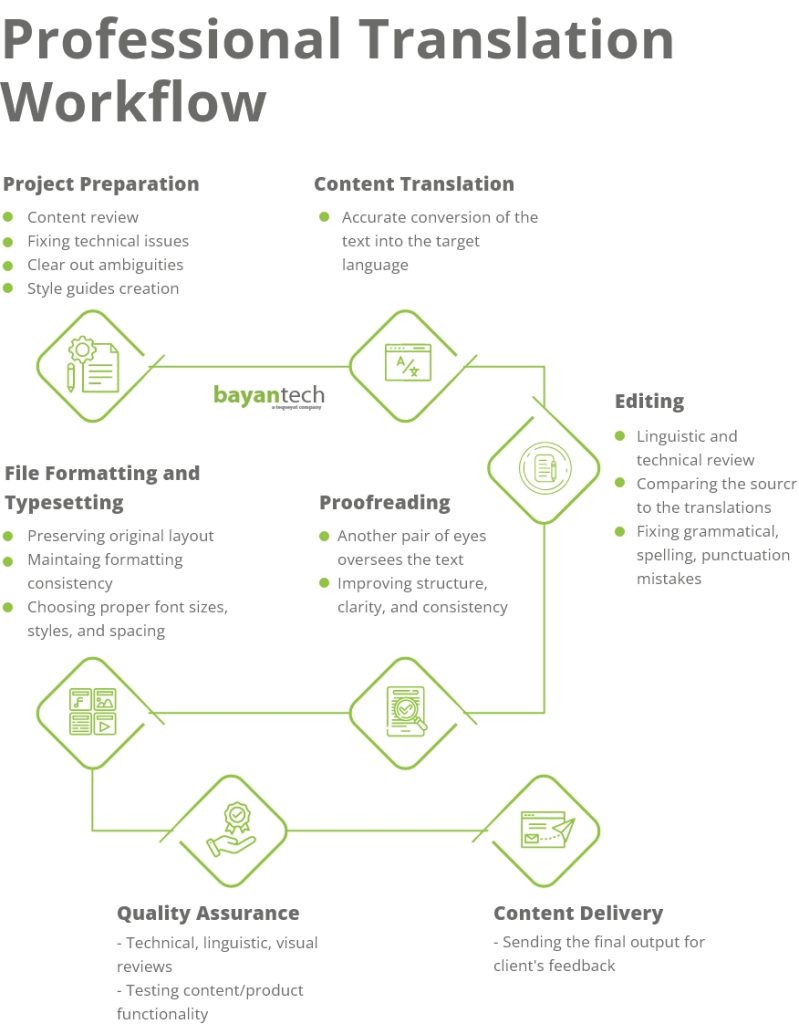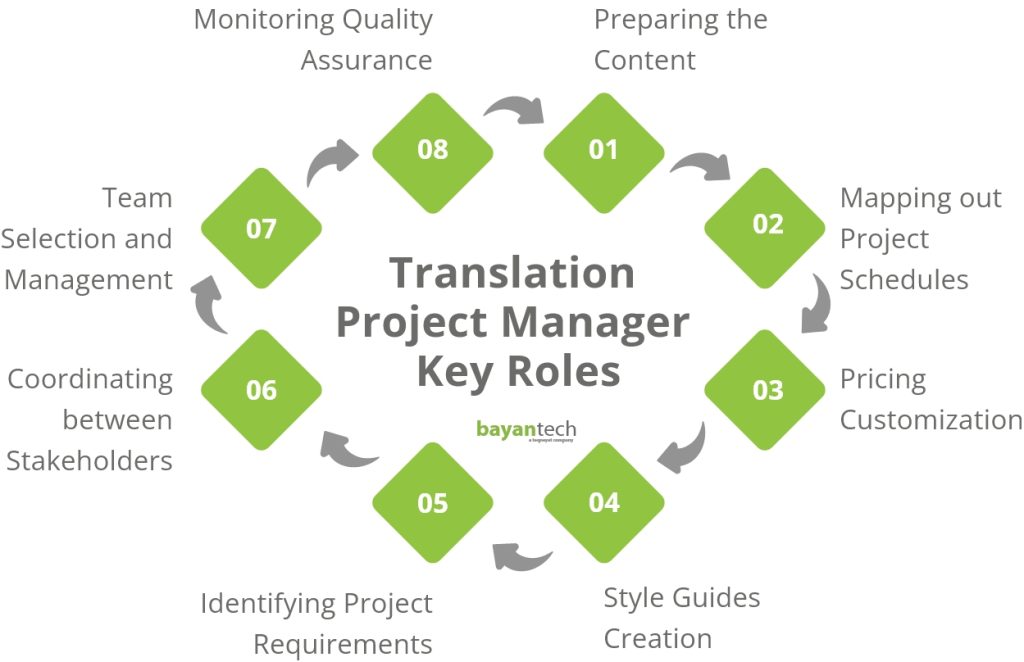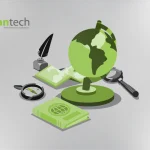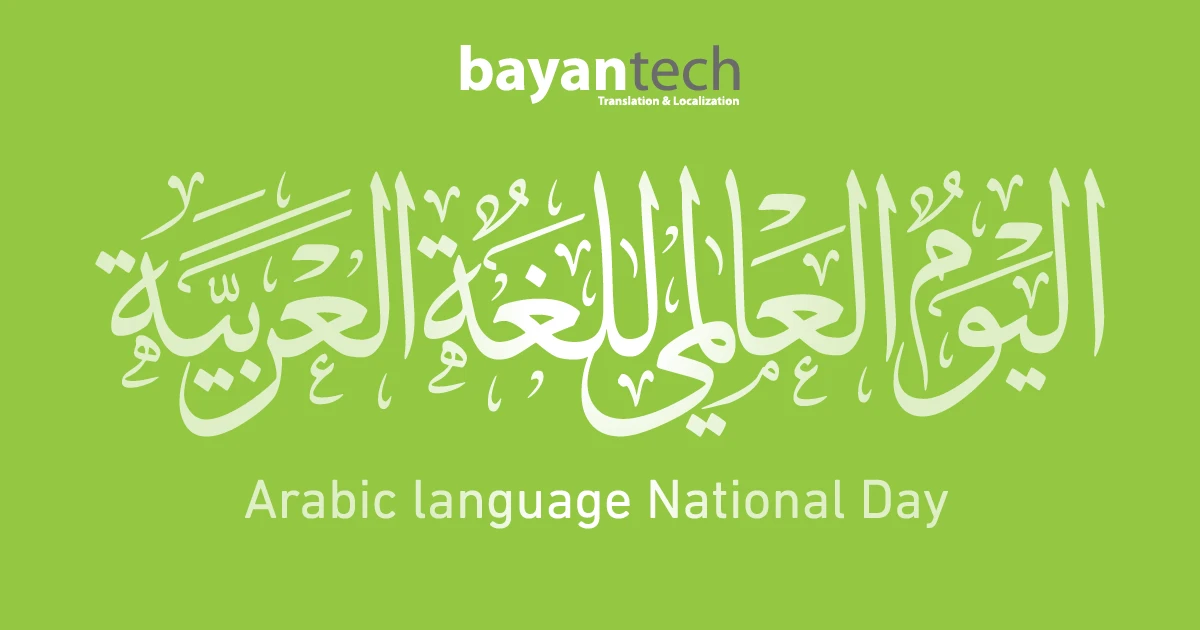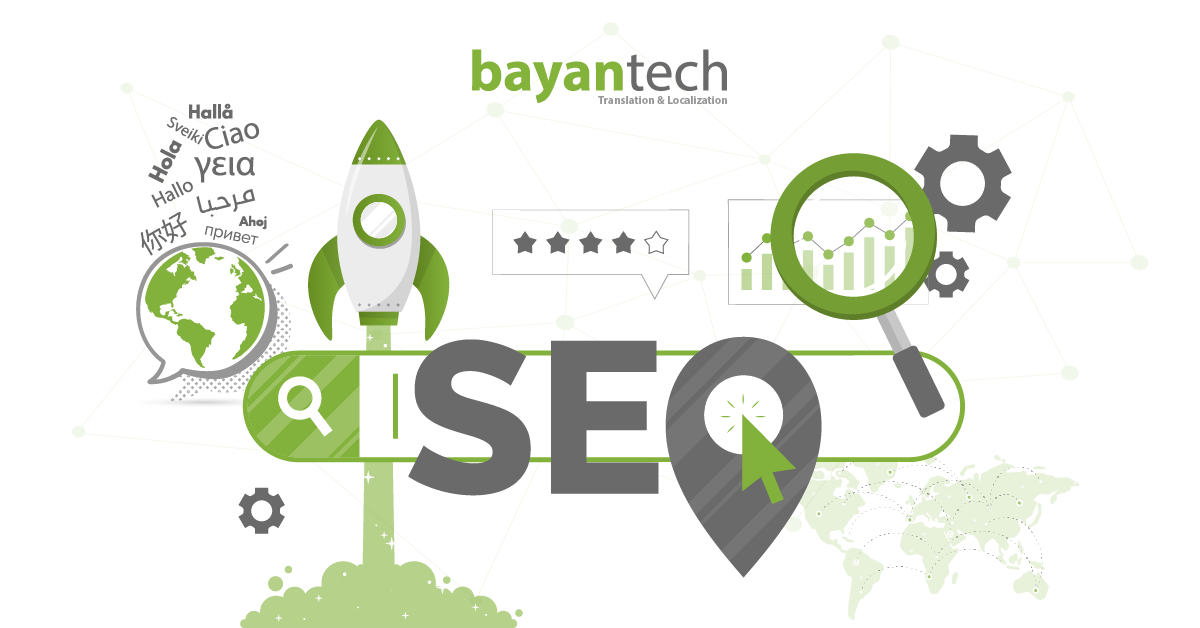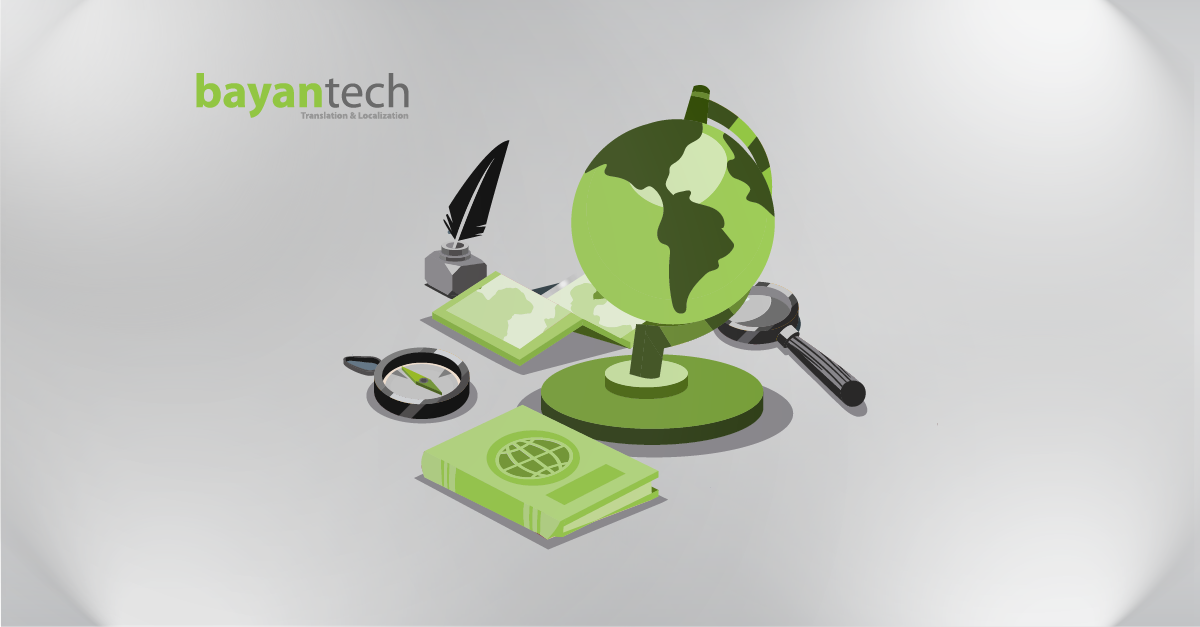When you collaborate with a translation agency for a certain project; you send the content that needs translation and receive it translated into your target language. But have you ever wondered what happens between receiving your files and delivering translations?
What happens in between is the translation workflow and it is what differentiates high-quality translation agencies from the rest. Behind every efficient translation workflow lies the secret to ensuring projects are completed to the highest standards and within scheduled timeframes.
So what does the translation workflow look like in any professional agency and how do experts streamline the workflow for any translation project?
In this article, we will explore what a translation workflow typically entails in a professional agency and how experts streamline the process for any translation project. You will also understand why efficient and streamlined translation workflows benefit you as a client.
A Closer Look at the Translation Workflow of Language Service Providers
The translation workflow is the series of stages and steps involved in the translation and localization processes. It covers the entire cycle from initial preparations through to editing and final delivery.
Although the translation workflow can slightly differ depending on the type of content and project requirements, there are essential steps that any professional translation agency follows. So, let’s take a closer look at how experts handle translation projects at each step of the way.
1. Pre-Translation Preparation
Upon receiving the project material and details, project managers assess the complexity of the content and determine the overall word count to form an accurate quote.
Then, they:
- Review the content for any issues that may affect the flow of the translation process such as formatting inconsistencies, unclear messages, or technical mistakes.
- Communicate with the client to understand if there are any special considerations or specific requirements that should guide the translation approach to address any challenges upfront and align on expectations before starting the translation work.
Next, a team of expert linguists and translators gets to work on building a comprehensive style guide to ensure consistency throughout the process. The style guide outlines best practices such as number format conventions, treatment of acronyms and abbreviations, date and time formats, localization of names, translation of specialized terminology, and more.
Once the project manager has estimated the service’s cost and project timeframe, the client receives the proposal and approves it before starting the translation work.
2. Content Translation
Once prepared, the source files are distributed to translators through a translation management system (TMS) where the translation work is done. The TMS distributes files along with reference materials to the translators based on their language pairs and specializations. (Read on to find out more about these systems!)
Within the platform, translators can then access the material to begin the translation process and utilize workflow management features. The content management systems also serve as a communication channel so translators can discuss any issues with project managers or each other directly.
3. Editing and Proofreading
After the translations are completed, they’re reviewed by a dedicated team of editors and proofreaders. First, editors validate the translated text word for word, comparing it with the source content to ensure its linguistic accuracy and technical integrity. They also fix grammar, spelling, or punctuation mistakes.
Next, proofreaders and subject matter experts perform meticulous reviews to fine-tune the content’s clarity, consistency, and technical accuracy, working on a more granular level to weed out any mistakes left out during the translation or editing stages.
4. File Formatting and Typesetting
This step aims to preserve the document’s original format and ensures layout compatibility with the target language and diverse writing systems. This involves choosing suitable fonts, adjusting font sizes, and ensuring proper spacing to maintain readability in the target language.
In some cases, if the translation involves left-to-right (LTR) languages, typesetters would reformat the whole layout to ensure correct reading order and visual flow. This means reversing the direction of text, aligning elements from right to left, and adapting the overall design to suit the target language’s requirements.
5. Quality Assurance (QA)
Now, the translations undergo another round of quality assurance before final delivery to catch potential issues introduced during typesetting. QA specialists perform linguistic, technical, and visual testing to ensure the translations and non-textual elements are free of errors.
For software or digital products, they perform multiple checks to validate the final product’s functionality from the end-user’s perspective. For example, they thoroughly test hyperlinks, user interfaces, and overall usability across different devices to deliver a flawless localized user experience.
6. Content Delivery and Feedback
Following the completion of the translation project, feedback is collected from clients to ensure the final product meets their requirements. This feedback is used to improve future translation projects.
How Professional Agencies Streamline Their Translation Workflows
While most agencies follow similar high-level processes, it’s streamlining these processes that truly separates expert translation service providers from the rest. Minor delays in workflow or bottlenecks in just one phase can significantly impact quality and deadlines.
A streamlined production line smoothly guiding jobs from start to finish defines the professionals. Experts arrange each workflow component, removing inefficiencies and seamlessly transporting jobs between team members. But how exactly do leading translation agencies achieve such streamlined operations?
Maximizing Efficiency With Professional Project Management
At the heart of any high-performing translation workflow is the project manager. As the central point of contact, project managers coordinate communication between clients, translators, reviewers, and all members involved. They ensure the translation workflow runs smoothly from the starting point up until the final output is delivered.
This is how project managers actively contribute to streamlining workflow throughout the project:
Project Planning and Preparation:
- Project managers oversee all project details by collaborating with clients to understand project requirements, including target languages, deadlines, and specific instructions.
- They break down the content into manageable segments with clear deadlines and map out schedules for the whole project.
Managing Project Costs
- Project managers also manage project costs to meet the client’s budget effectively. They discuss cost-saving options and set out a strategy to guarantee efficient cost management throughout the translation process.
Style Guides Preparation
- Project managers work closely with clients to create appropriate style guides that underscore the brand’s tone, writing style, and industry-specific jargon.
- If clients have existing guides, project managers review and incorporate them into the translation management system as reference materials for translators.
Resource Allocation and Team Management
- Then, they move on to team selection and allocating qualified linguists based on project scope, complexity, and language combinations.
- Also, they utilize translation management platforms to share files, monitor progress, and facilitate communication between translators, proofreaders, and clients.
Translation Quality Assurance
- They communicate quality standards with involved linguists and ensure adherence to approved style guidelines, terminology, and industry standards.
- They coordinate quality reviews to catch any errors early, speeding up the feedback and editing process.
Communication With Clients
- They keep clients informed about project progress and promptly respond to new requests and feedback.
Automation Through TMS and CAT Tools
Another way professional transition services optimize their translation workflows is through the smart use of translation management systems (TMS) and computer-assisted translation (CAT) tools and their automation features.
Translation management systems serve as a centralized space for managing all translation works.
- They facilitate task assignments, progress tracking, and communication between team members, further improving coordination.
- Additionally, these platforms have automation features like automated deadline reminders, which help keep everyone on track.
- Their automated quality assurance checks assist reviewers by automatically identifying changes between file versions or scanning for style, formatting, and grammatical errors.
- These systems also have integrated terminology databases that suggest approved translations of specialized jargon. This reduces research time and boosts translation speed.
CAT tools also contribute to speeding up the translation process and improving the overall quality of the project.
- These tools break down the source text into shorter segments and provide a user-friendly interface for translation.
- Translators work on segments of text, and CAT tools store translated segments in a Translation Memory (TM) for future reference.
- These memories provide translation suggestions for repeated phrases — which enhance consistency across content, saves translators time, and reduces cost for clients when requesting future translation for previously stored segments.
Keep In Mind That:
- These automated translation tools are not intended to do the translation part or replace human translators but rather enhance their capabilities and minimize repetitive tasks for maximum efficiency.
- Automated translation workflows and effective project management not only improve performance within translation companies but also hold significant benefits for clients like you. With streamlined workflows, you can expect your projects to be completed efficiently, with the highest quality, and at the best possible price.
If you are still doubting how important expert management of the translation workflow can be for you when collaborating with a language service provider, check the following section.
The Drawbacks of Overly Manual And Poorly Managed Workflows (And Why You Should Care)
Without convenient translation management systems, the traditional way of managing translation is using spreadsheets and manually organizing the content. However, with tight deadlines and high-quality standards, outdated practices struggle to keep pace or meet clients’ expectations, especially when coupled with poor project management.
Relying on this disorganized and overly manual workflow has many drawbacks that you should be aware of when selecting a translation provider.
Time Intensive
The translation process is a multilayered one involving not only translation but many other processes as we explained earlier requiring a multidisciplinary network of professionals to work together to produce an accurate output.
Handling each step separately and without effective communication and collaboration between the involved members overseen by expert project managers makes the whole process time and effort-consuming, creating unnecessary back-and-forth that extends the timeline of the project
Also, the absence of supportive tools like termbases and style guides means translators have to continually re-translate domain-specific terms and phrases from scratch, which also increases the possibility of mistakes and inconsistency and consequently consumes more time for reworking and revisions.
And without strategic translation management systems, files might be poorly handled and get lost or mixed up slowing down the process.
Quality Control Challenges
A Translation agency that lacks a structured, well-organized workflow has a lot of difficulty tracking work and ensuring all steps are completed to perfection. Quality control becomes a struggle.
While human editing remains necessary for high-quality translation, integrating these automated tools can greatly improve the precision and uniformity of the translated material. These tools help detect errors and inconsistencies earlier for editors to address, facilitating their job while maximizing quality.
Without the professional management of translation projects and the strategic reliance on such advanced translation tools, even if some manage to receive high-quality translations, the process is likely to be more time-consuming than needed.
Costs More Money
Manual translation workflows that lack proper organization can end up costing you more money. This is because these workflows are more labor-intensive, requiring human reviewers to double-check everything. This means that more human resources and hours are needed especially for large projects with thousands of words, which directly translates to extra costs.
Furthermore, without tools like translation memories or terminology databases, each translation project starts from base zero. This not only requires more labor hours but is also not cost-effective in the long run, as clients are typically charged more per word for new translations compared to repeating segments pulled from databases.
Getting Started with Translating Your Business Content?
Even as a business you need to understand different translation strategies to choose the best one that suits your content. This quick guide underlines 10 strategies you need to know about.
Leverage the Most Innovative Tools and Optimized Systems Tailored to Your Needs with bayantech
At bayantech, we utilize the best technologies on the market combined with unmatched human expertise in +120 languages. We only rely on native linguists who reside in your target locale and have a great command of CAT tools to maintain the highest performance.
We make the complex easy to provide our clients with smooth cross-cultural communication that drives real business results. We’re committed to the highest standards of quality in adherence to our 17100-ISO certification. We follow rigorous quality assurance procedures including TEP processes as well as linguistic and technical testing.
Request a quick translation services quote and see how we can guide you to global success.
8 Steps Every Medical Interpreter Takes
Looking for a medical interpreter? Discover the career path of medical interpreters and qualifications they need to acquire to take on interpreting jobs.


